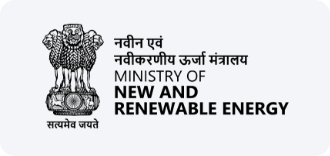Hydrogen production through water splitting has been substantially improved by engineering the nanoscale periplasmic space (20 to 30 nm) of Shewanella oneidensis MR-1, transforming it into a highly effective bionanoreactor. This design concentrated protons and electrons, enhancing hydrogen production. The integration of reduced graphene oxide (rGO), MtrCAB complex, and iron sulfide (FeS) nanoparticles established an effective electron transfer chain from the electrode to the periplasm. The introduction of Gloeobacter rhodopsin and canthaxanthin boosted proton pumping into the periplasm under light. This system, catalyzed by the overexpression of [FeFe]-hydrogenase and powered by both electricity and light, achieved a Faraday efficiency of 80% for hydrogen production. This periplasmic bionanoreactor marks an advancement in sustainable synthetic biology.
Thursday, 25 December, 2025




